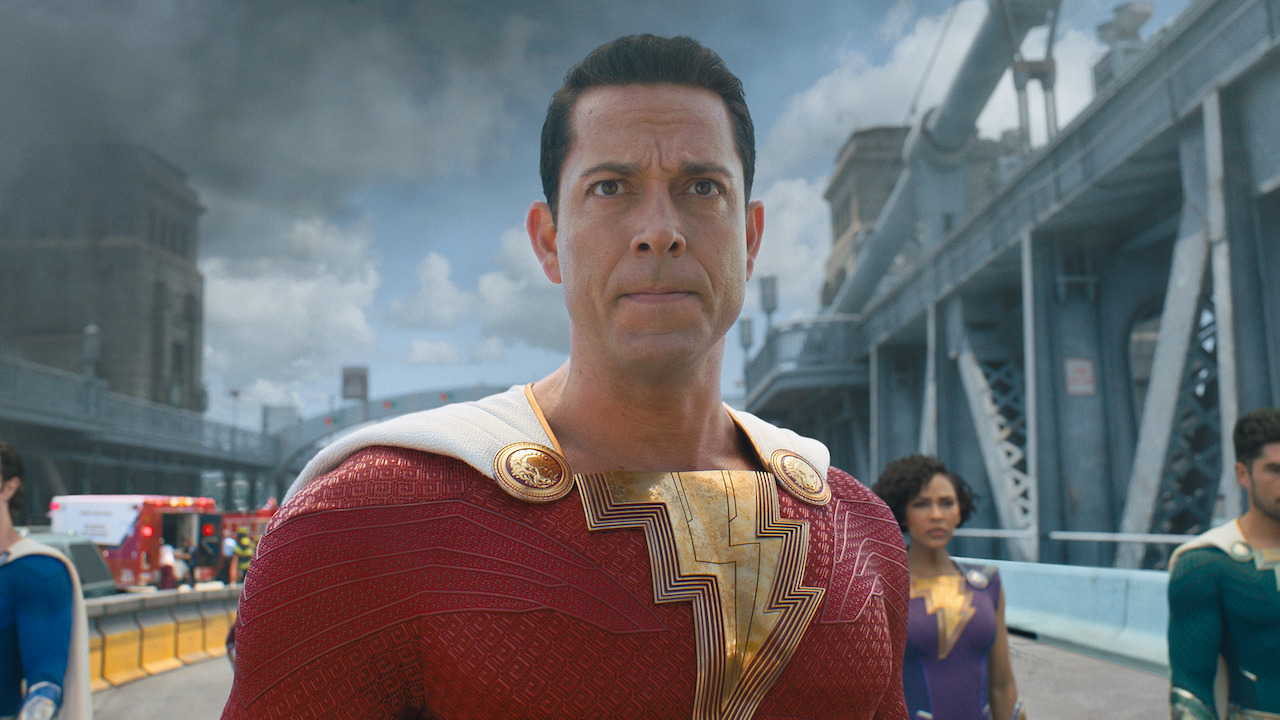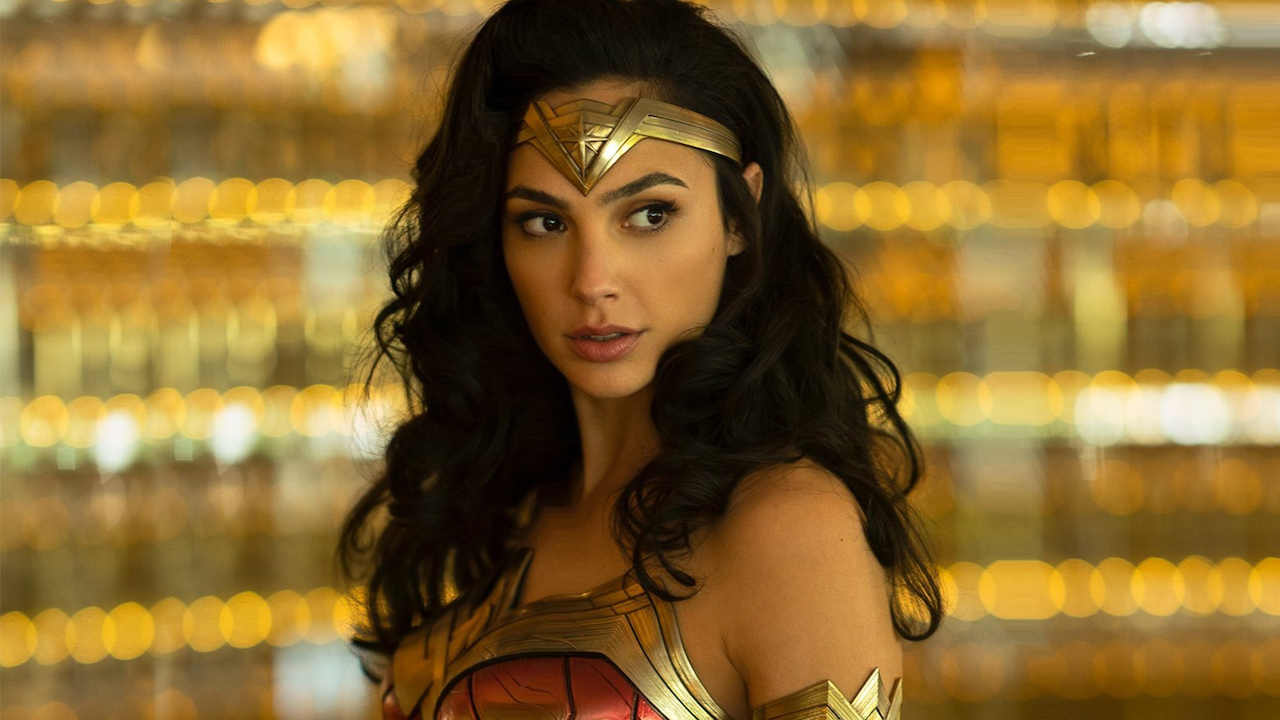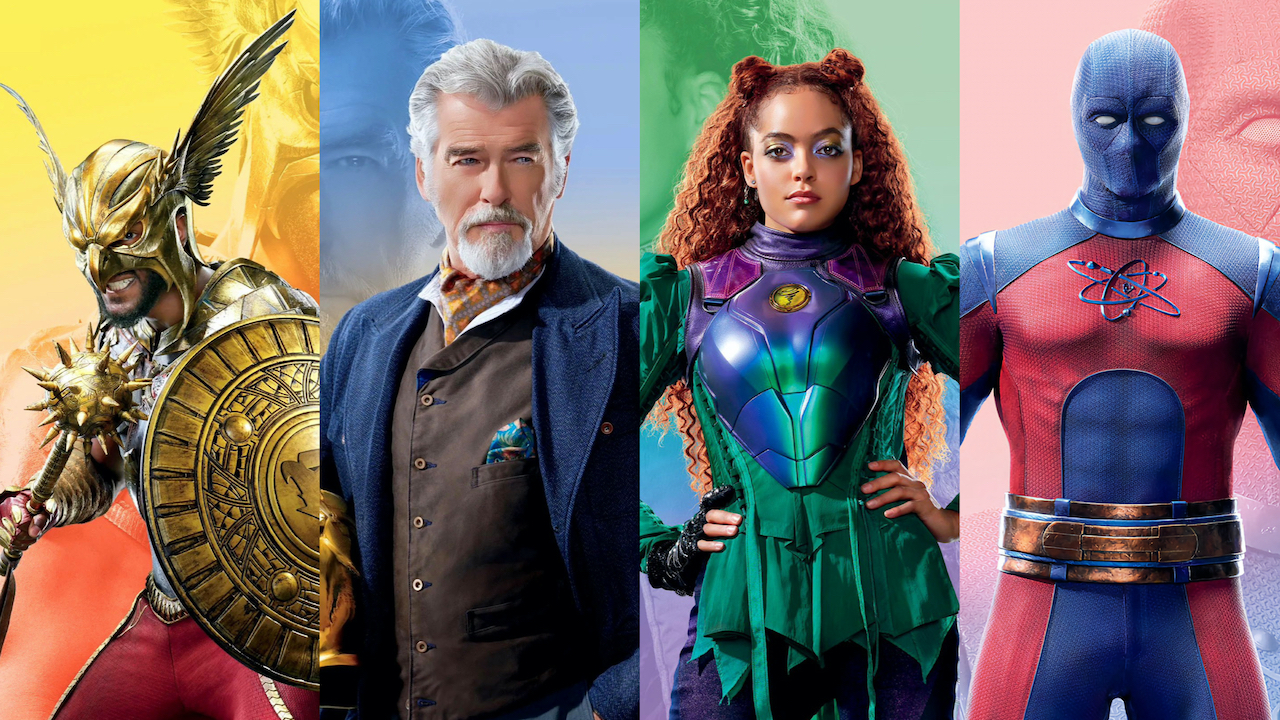Shazam: Fury Of The Gods Ending, And Why I Think It's Good For The Future Of The Character
Hope springs eternal.

The following feature will get into major spoilers for the new movie Shazam: Fury of the Gods. You do not want to read any further if you want to go into the new DC movie unspoiled, so please, proceed with caution.
There has been a lot of conversation about where David Sandberg’s new movie Shazam: Fury of the Gods fits into the evolving DC Universe. Because of upcoming changes to the proposed continuity of the universe, watching DC movies in order can be challenging, and some of the films happening between now and when James Gunn reboots the world with Superman: Legacy feel like they might be in some form of limbo. Gunn has said that there will be room for movies like Shazam: Fury of the Gods and Blue Beetle in the landscape that he and Peter Safran are laying out, and now that I have seen the Shazam sequel, I’m understanding what he might mean.
The upcoming DC movies slate touches on some new characters who have yet to get the big screen treatment, from The Authority and The Flash to new iterations of Supergirl and Swamp Thing. But it’s sounding like Gunn and Safran might be holding on to a few of the creative elements introduced in the previous version of the DC on screen, known lovingly as the SnyderVerse. Hints to that are included in both the end of Shazam: Fury of the Gods, and the movie’s mid-credits scenes. Let’s talk about what happens in them, and how I think they point to Shazam’s inclusion in future DC storytelling for years to come.

Wonder Woman Resurrects Shazam
Near the end of Shazam: Fury of the Gods, Billy Batson (Zachary Levi) sacrifices himself to defeat Kalypso (Lucy Liu), the most powerful Daughter of Atlas. He does this by breaking the staff that gives Kalypso her power, even though that means no one can revive Billy. Well, not quite true. One person has the power of the gods, and can repair the staff so that Billy can be resurrected, and that’s Wonder Woman (Gal Gadot). While the Shazam family stands around Billy’s grave mourning his loss, Diana Prince appears, repairs the staff, and brings Billy back to life. She encourages him to keep fighting the good fight, and keeping humanity safe.
While the original Shazam movie established the fact that Billy lives in the same universe as Superman, the contractually-obligated gag that took Henry Cavill’s head out of frame hedged the bet of Shazam being part of the DCEU, as established. However, Gadot doesn’t get cut. She appears in full Wonder Woman apparel, and interacts with Billy and the Shazam family. She makes it very clear that she knows who he is, and that she will be paying attention to the savior work that he pulls off.
The scene is not closure. It’s very much a “see you later on, kid.” Which would make sense if both Gadot and Levi were to stick around, in character, in the movies that James Gunn and Peter Safran are planning to release. Which takes us to the main mid-credit scene.

Shazam Is Recruited For The Justice Society
So, the Wonder Woman scene doesn’t end the relationship between Billy Batson and Diana Prince, and establishes the fact that they could definitely cross paths in the future. But the mid-credits scene goes further, and tells us where we might even see Zachary Levi’s Shazam next.
Your Daily Blend of Entertainment News
In the scene, Peacemaker and Suicide Squad co-stars Jennifer Holland and Steve Agee appear as Emilia Harcourt and John Economos, and they recruit Shazam for the Justice Society. He’s bummed. He thought he was going to get to join the Justice League. But he might have to settle for the B team… and that helps explain how James Gunn and Peter Safran are keeping him available for possible use in upcoming projects.
The last time that we saw Emilia Harcourt, she was working alongside Amanda Waller (Viola Davis) in the disappointing DC film Black Adam. She has been established as being part of Waller’s team in both James Gunn’s The Suicide Squad, and his HBO Max series Peacemaker. Using her and Economos in this mid-credit scene was no accident. DC wanted to establish a connection between Shazam and characters that we expect to come back in the Gunn/Safran storyverse.
Why is this important? Because we know that Davis’s Amanda Waller is getting a spinoff HBO series as part of the Gods and Monsters saga Gunn and Safran announced. And in Black Adam, Waller was the one coordinating with the JSA (as well as Superman), imprisoning Black Adam in her high-tech prison. We didn’t know 100% which characters were going to continue in the DCU after The Flash. And it’s all still possible that these scenes don’t end up leading anywhere. (See, again, the Henry Cavill tease in Black Adam.) But both the ending and the credits scene suggest avenues forward… not dead ends.
The bottom line is that I left Shazam: Fury of the Gods with far more hope for the superhero’s future in the DCU than I expected, given the fact that it exists in a limbo created by films that were greenlit before the new regime took over. It could have been easy for Gunn and Safran to let Shazam play out, and come to a close, so that they could start over (and possibly recast). And maybe the Harcourt and Economos scene was meant to establish ties to Black Adam, if Black Adam was a hit? We may never know for certain, but both of these scenes lead me to believe that Shazam has a bright future in the DC Universe moving forward.

Sean O’Connell is a journalist and CinemaBlend’s Managing Editor. Having been with the site since 2011, Sean interviewed myriad directors, actors and producers, and created ReelBlend, which he proudly cohosts with Jake Hamilton and Kevin McCarthy. And he's the author of RELEASE THE SNYDER CUT, the Spider-Man history book WITH GREAT POWER, and an upcoming book about Bruce Willis.
